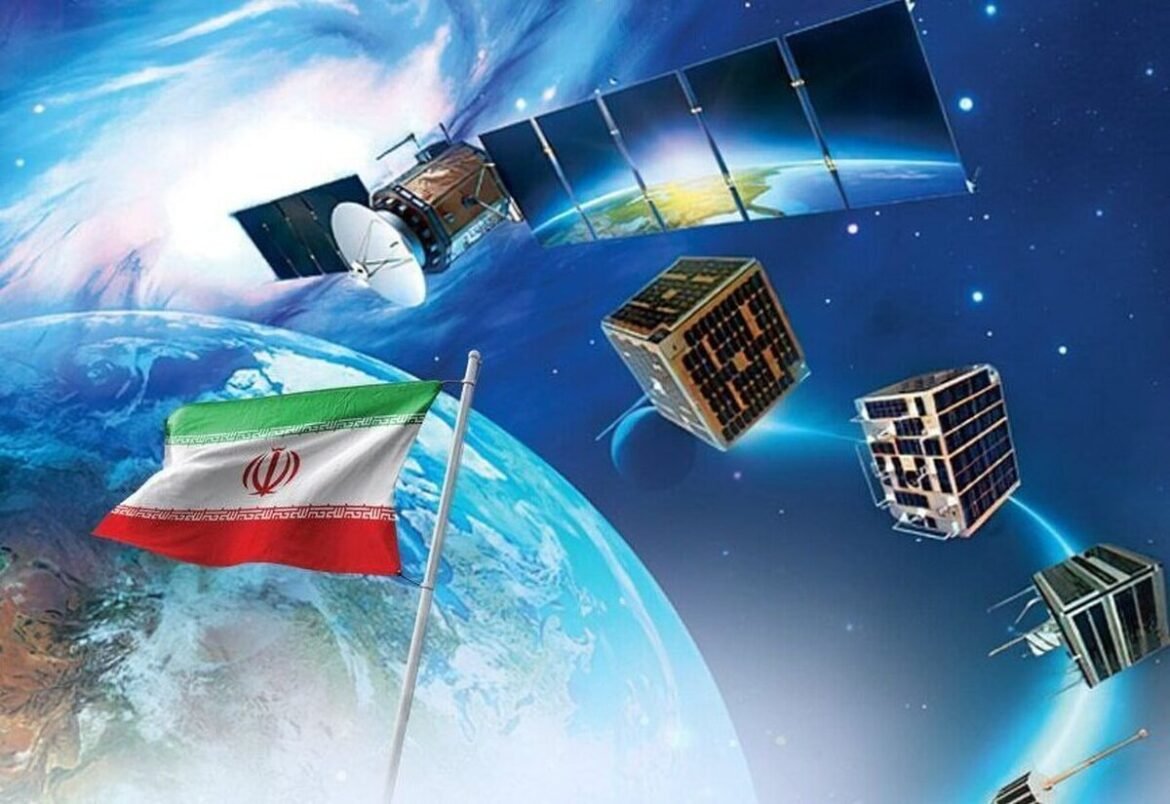Iran is set to make a major stride in its space program as it prepares to launch three locally developed satellites, Paya, Zafar, and Kowsar 1.5, into orbit this winter, the Iranian Space Agency announced.
The satellites, designed and built by Iranian engineers in partnership with knowledge-based firms, represent a key milestone in the country’s effort to strengthen technological self-reliance and expand its presence in space research.
Each satellite serves a distinct purpose: Kowsar 1.5 will focus on precision agriculture to help improve crop planning and resource management, Zafar is equipped to capture high-resolution images of the Earth for environmental and mapping purposes, while Paya will assist in data transmission and imaging applications.
Officials have emphasized that the launches are part of Iran’s broader goal to use space technology for peaceful, developmental purposes — especially in agriculture, environmental monitoring, and disaster management.
The upcoming missions highlight Iran’s progress in developing homegrown space capabilities despite international challenges and restrictions. With continued investment in satellite production and launch technology, the nation aims to join the ranks of countries with fully independent space operations.
This initiative underlines Iran’s growing ambition to harness space technology for national development, scientific advancement, and regional cooperation in data sharing and environmental protection.

